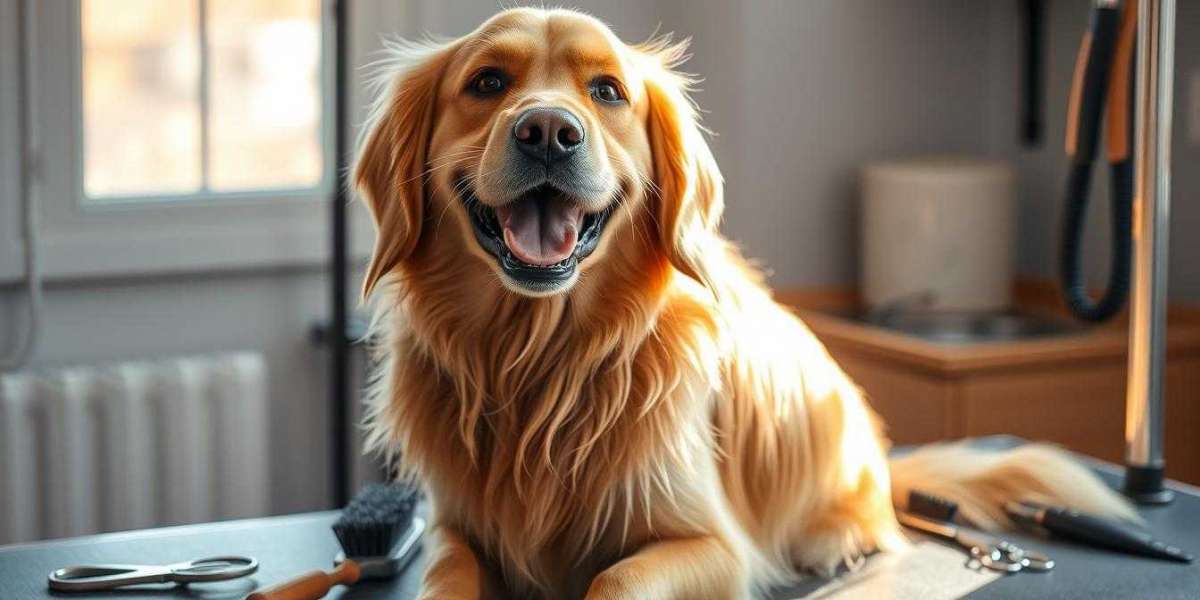Bringing a puppy into your home is a rewarding experience filled with joy, laughter, and new adventures. However, it also comes with the responsibility of training them to be well-behaved and obedient companions. Teaching your puppy basic commands is essential for ensuring their safety and fostering a strong bond between you and your furry friend. In this article, we will explore effective strategies and tips to help you teach your puppy basic commands quickly and efficiently.
Understanding Your Puppy’s Learning Process
Before diving into the training methods, it’s essential to understand how puppies learn. Puppies are curious and eager to please, making them receptive to training when approached correctly. Here are a few key points to keep in mind:
Positive Reinforcement: Puppies respond best to positive reinforcement. This means rewarding your puppy with treats, praise, or playtime when they successfully follow a command. This approach builds a positive association with the behavior you want to encourage.
Consistency is Key: Consistency in your commands, rewards, and training sessions is crucial. Use the same words and gestures for commands, and ensure everyone in your household is on the same page to avoid confusing your puppy.
Short Training Sessions: Puppies have short attention spans, so keep training sessions brief—around 5 to 10 minutes at a time. You can have multiple sessions throughout the day to reinforce learning.
Essential Commands to Teach Your Puppy
While there are many commands you can teach your puppy, starting with a few basic ones will lay the foundation for more advanced training. Here are some essential commands to focus on:
1. Sit
The “sit” command is one of the most basic and useful commands to teach your puppy. It helps them learn self-control and is often the first step in many other commands.
How to Teach “Sit”:
- Hold a treat close to your puppy’s nose.
- Slowly move your hand up, allowing their head to follow the treat. This should naturally cause their bottom to lower to the ground.
- As soon as they sit, say “Sit,” and reward them with the treat and praise.
- Repeat this process several times, gradually phasing out the treat and using verbal praise instead.
2. Stay
The “stay” command is essential for teaching your puppy to remain in one place, which can be useful in various situations.
How to Teach “Stay”:
- Begin with your puppy in the “sit” position.
- Open your palm in front of you and say “Stay” firmly.
- Take a few steps back. If your puppy stays, return and reward them with a treat.
- If they move, gently guide them back to the original spot and try again.
- Gradually increase the distance and duration before rewarding them.
3. Come
The “come” command is vital for ensuring your puppy returns to you when called, which is crucial for their safety.
How to Teach “Come”:
- Start in a quiet space with minimal distractions.
- Use a long leash if necessary to prevent them from wandering too far.
- Get down to your puppy’s level and enthusiastically say “Come” while backing away.
- When they come to you, reward them with treats and praise.
- Practice this command in various environments, gradually introducing distractions.
4. Down
The “down” command teaches your puppy to lie down and can help them relax in different situations.
How to Teach “Down”:
- Start with your puppy in a sitting position.
- Hold a treat in your hand and bring it down to the floor, encouraging them to follow it.
- As their chest lowers to the ground, say “Down” and reward them.
- Practice this command regularly, gradually increasing the duration they remain in the down position before rewarding them.
5. Leave It
The “leave it” command is crucial for preventing your puppy from picking up potentially dangerous or unwanted items.
How to Teach “Leave It”:
- Start by placing a treat in your hand and allowing your puppy to sniff it.
- When they try to take it, say “Leave it” and close your hand.
- Once they back away or stop trying to get the treat, reward them with a different treat from your other hand.
- Repeat this process, gradually increasing the challenge by placing treats on the floor and asking them to leave it.
Tips for Successful Training
1. Create a Positive Environment
Ensure that your training environment is positive and free from distractions. Choose a quiet space to begin training, and gradually introduce your puppy to more challenging environments as they become more comfortable with commands.
2. Be Patient
Puppies are learning new things every day, and patience is key. If your puppy struggles with a command, take a step back and simplify the process. Celebrate small victories and progress.
3. Use High-Value Treats
Choose treats that your puppy loves to keep them motivated during training. High-value treats can include small pieces of chicken, cheese, or special dog treats that they don’t get regularly.
4. Practice Regularly
Consistency is vital in training. Practice commands daily, but remember to keep sessions short and enjoyable. Mix up the commands you practice to keep your puppy engaged and interested.
5. End on a Positive Note
Always end training sessions on a positive note. If your puppy successfully follows a command, reward them and provide praise. This helps create a positive association with training sessions, encouraging them to look forward to the next one.
Dealing with Common Challenges
Training puppies can come with its challenges. Here are some common issues you may encounter and how to address them:
1. Short Attention Span
If your puppy loses focus quickly, try breaking up training sessions into shorter intervals. It’s better to have multiple short sessions than one long one.
2. Distractions
If your puppy struggles to concentrate due to distractions, practice training in a quiet area initially. Gradually introduce distractions as they become more proficient in commands.
3. Stubbornness
Some puppies may resist commands or exhibit stubborn behavior. Stay calm and patient, and avoid using negative reinforcement. Instead, focus on positive reinforcement to encourage compliance.
Conclusion
Teaching your puppy basic commands is an essential part of pet ownership that fosters a positive relationship between you and your furry companion. By utilizing positive reinforcement techniques, maintaining consistency, and being patient, you can successfully train your puppy to follow essential commands quickly. Remember, the goal is to create a loving and trusting environment where your puppy feels comfortable learning. With time, practice, and dedication, your puppy will become a well-behaved and happy member of your family, ready to embark on many adventures together.






